Your Trusted Eye Treatments Manufacturer
We help you launch faster, start smaller, and stand out with custom formulas, pro-grade quality, and trend-driven skincare that sells — all built to grow with your brand.

Private Label Eye Treatments
-

Private Label Under-Eye Gel Patches (Gold / Hydrogel / Collagen) – Samples
$5.00 Add to Quote -

Private Label Caffeine Eye Serum (Depuffing & Dark Circles) – Samples
$5.00 Add to Quote -
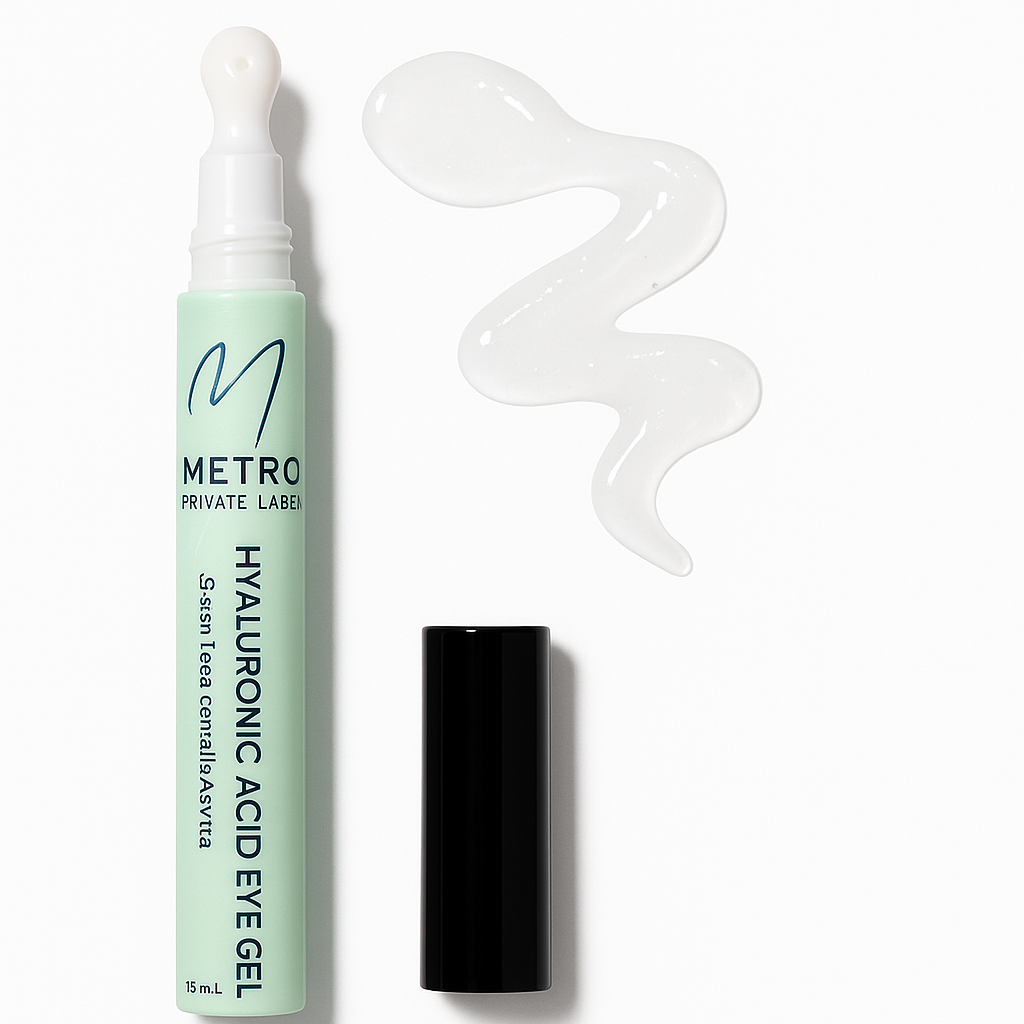
Private Label Hyaluronic Acid Eye Gel – Samples
$5.00 Add to Quote -

Private Label Retinol Eye Cream – Samples
$5.00 Add to Quote -
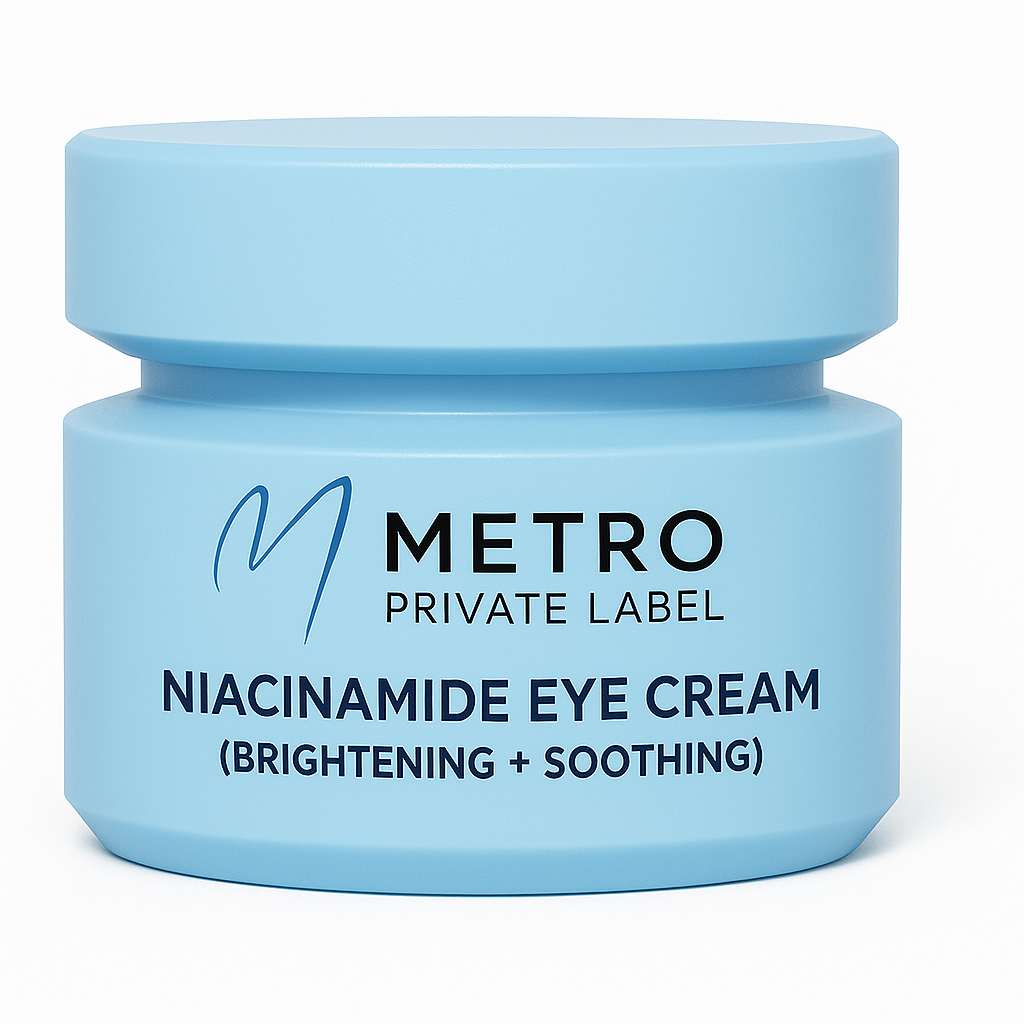
Private Label Niacinamide Eye Cream (Brightening + Soothing) – Samples
$5.00 Add to Quote -

Private Label Multi-Peptide Eye Serum – Samples
$5.00 Add to Quote -

Private Label Eye Balm Stick (On-the-Go Format) – Samples
$5.00 Add to Quote -
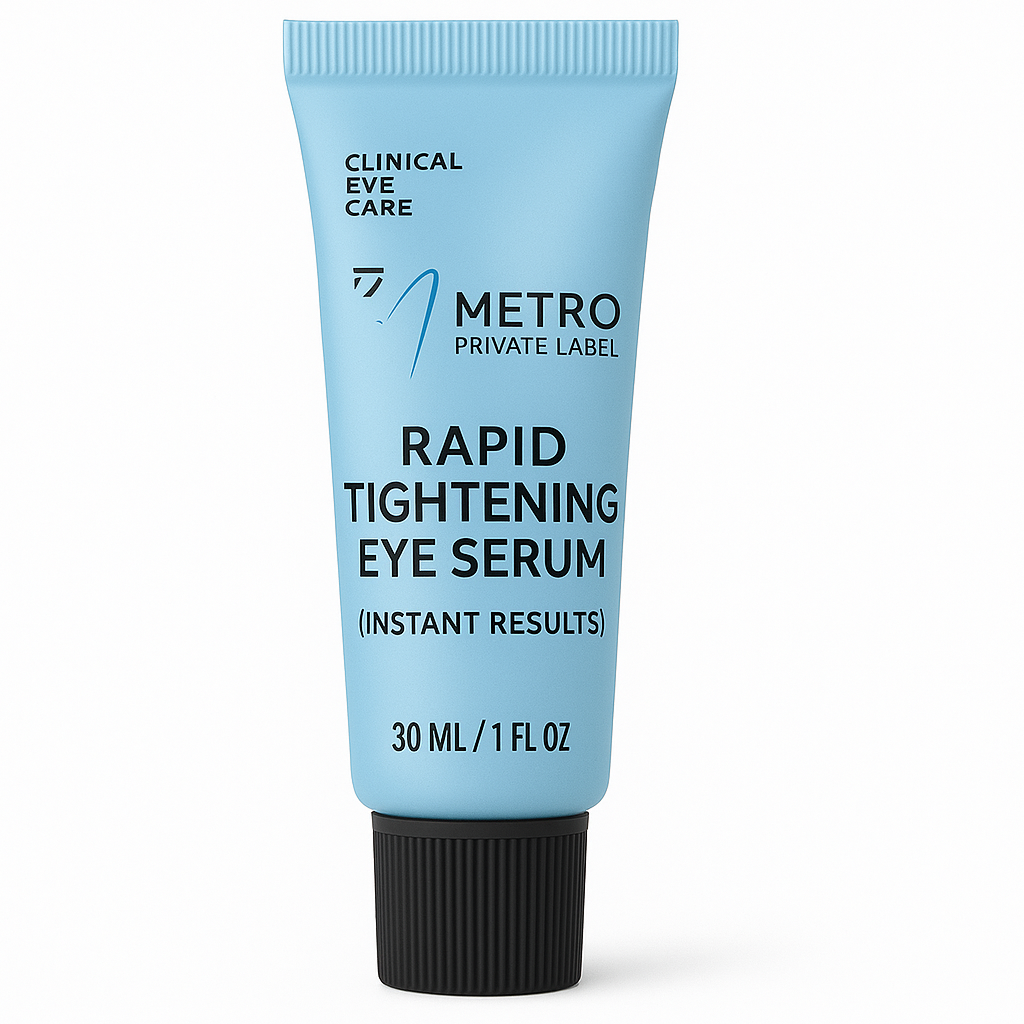
Private Label Rapid Tightening Eye Serum (Instant Results) – Samples
$5.00 Add to Quote
Glow Up Your Brand with Metro Private Label: Your Trusted Eye Treatments Manufacturer
Eye Care That Actually Cares
Ingredients Customers Know (and Look For)
Packaging That Matches Your Audience
Lab-Verified Performance, Globally Compliant

More Than Just a Eye Treatments Manufacturer
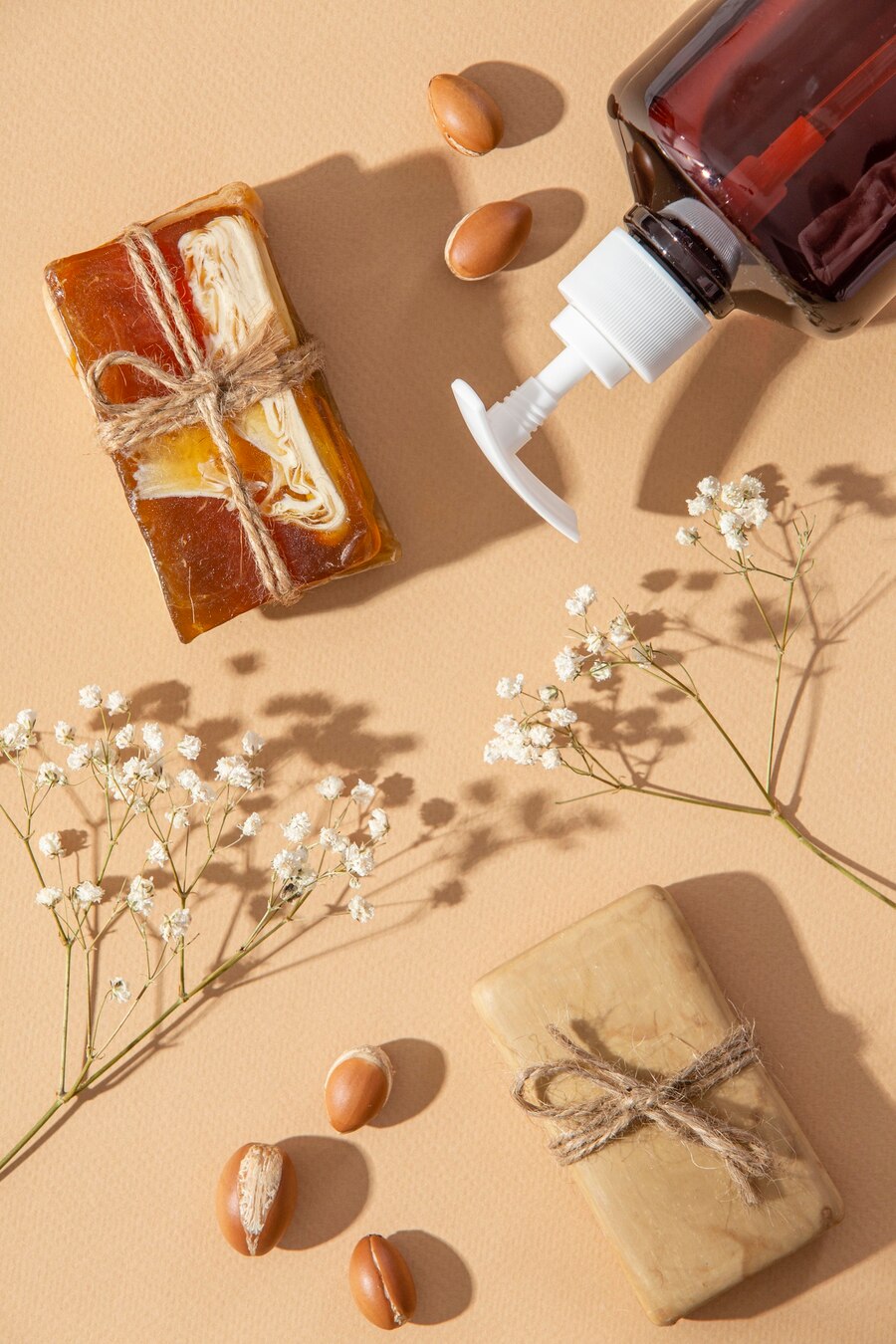
🚀 Launch Quickly, With Confidence
We streamline your development timeline so your eye treatments hit the market while trends are still hot—and competition is still catching up.
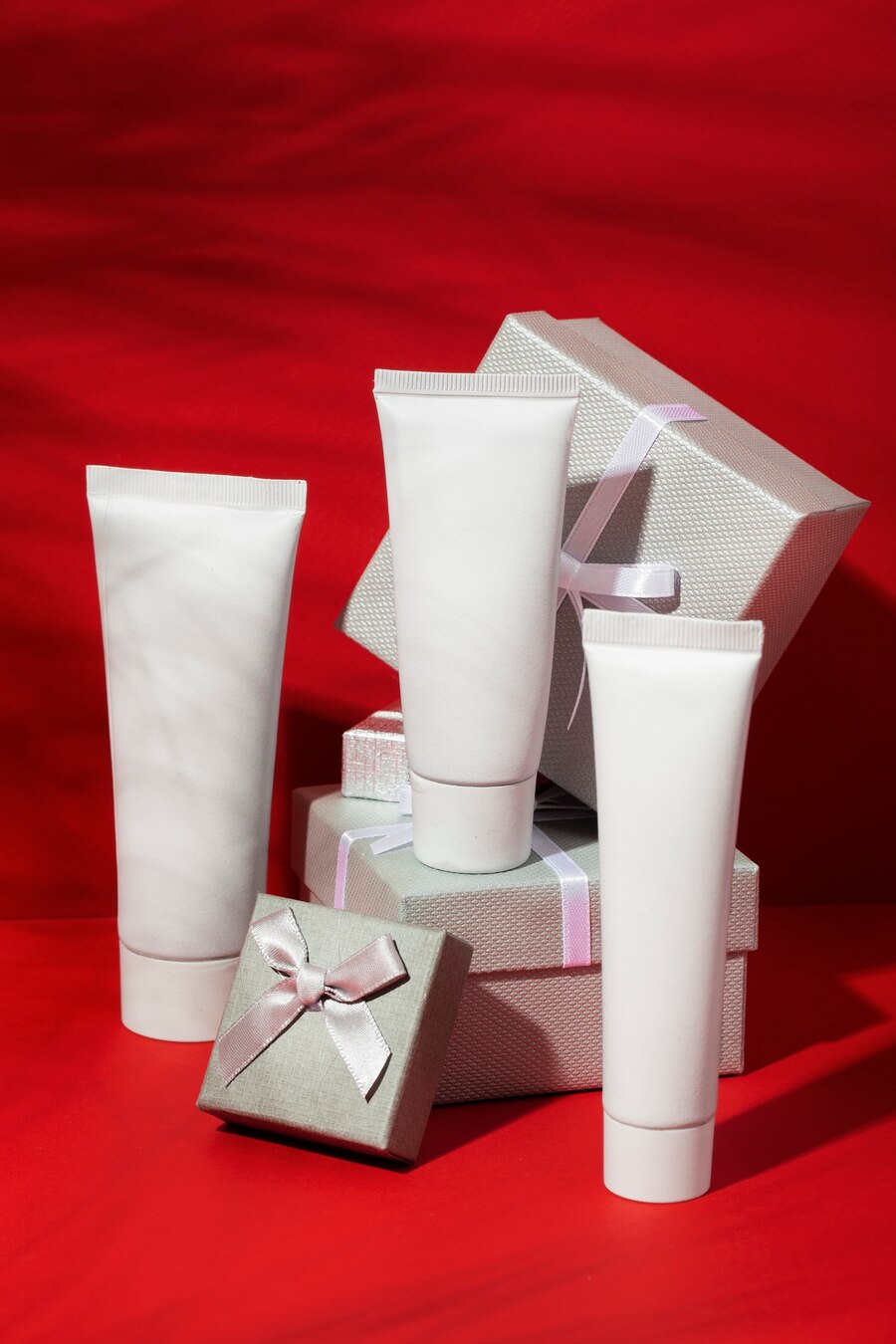
🌟 Formulas Customers Actually Search For
From retinol eye creams and gold hydrogel patches to depuffing caffeine serums, we manufacture what’s trending—based on TikTok buzz, Amazon charts, and real customer demand.

💰 Smarter Margins, Lower Risk
With flexible MOQs and optimized pricing structures, you can launch lean, test fast, and grow profitably—without overcommitting to inventory.

🤝 Full-Service Support, End to End
We handle formulation, packaging, testing, stability, and international compliance—so you can stay focused on branding, marketing, and growing your business.
Why Partner with Metro Private Label for Your Eye Treatments Line?

FAQs Eye Treatments Products
For your convenience, we’ve gathered the most commonly asked questions about our Eye Treatments. However, should you have any further queries, please don’t hesitate to reach out to us.




Metro Private Label in Numbers
Your Essential Guide to Eye Treatments Manufacturing Excellence
Table of Contents
Understanding the Most Popular Eye Treatment Formats
Common Active Ingredients in Eye Care Products
Eye Treatment Packaging: Function Meets Aesthetic
Consumer Trends in Eye Care (2024–2025)
- A product that solves multiple problems in one use
- A clean, ingredient-transparent formula with no irritants
- Results they can see or feel quickly—especially in video content
- Claims that are specific, believable, and science-backed
- A texture and application that feels modern, fresh, and satisfying
Regulatory Requirements for Global Distribution
- The INCI ingredient list, using standardized cosmetic names
- Net contents in ounces and milliliters
- Manufacturer or distributor name and address (with optional phone/email)
- Clear directions for use and any applicable warnings (especially for eye-area products)
- Stability testing: Most markets want evidence your product remains safe and effective over time—typically 12 or 24 months.
- Microbiological testing: Especially critical for anything going near the eye. We always run these checks in ISO-certified labs.
- Label iconography: This includes symbols for shelf life (PAO icons), recycling info, allergen declarations, and batch coding.
- Document bundling: Some markets require an export pack that includes your COA (Certificate of Analysis), SDS (Safety Data Sheet), and MSDS (Material Safety Data Sheet) along with invoices and customs forms.
Typical Production Costs and MOQ Expectations
- Formula Complexity A lightweight hydrating eye gel will cost significantly less than a high-performance anti-aging serum packed with peptides, encapsulated retinol, and antioxidant boosters. The more actives you include, the higher your cost—not just for raw ingredients, but also for formulation time and testing.
- Concentration of Ingredients It’s not just what’s in the formula—it’s how much of it. For example, caffeine at 0.5% is affordable. At 2%+, it starts to move your cost needle. Same goes for hyaluronic acid (especially multi-weight), ceramides, and marine extracts. We always recommend balancing performance vs. pricing, especially if your target retail is under $25.
- Packaging Format & Finish A PET tube is cost-effective. A frosted glass bottle with a metal rollerball and screen-printed label? Beautiful—but pricier. We’ve seen packaging alone make up 40–60% of a unit cost in premium eye care SKUs. We’ll help you model tradeoffs here so you don’t overspend on aesthetics at the expense of profitability.
- Production Complexity Filling foil patch pouches? That’s more labor-intensive than pumping cream into a standard jar. Producing balm sticks or dual-phase liquids? Also more intricate. We factor in labor, filling method, machine setup, and rejection rates when quoting these more technical formats.
- Packaging design or label setup fees
- Stability, safety, and microbiology testing
- Freight and customs (especially for international buyers)
- Marketing content, inserts, or QR-coded education cards
What Claims Can Be Made on Packaging and Online?
- ✅ “Improves the look of fine lines” instead of ❌ “eliminates wrinkles”
- ✅ “Formulated to reduce puffiness” instead of ❌ “heals swollen eyes”
- ✅ “Targets signs of fatigue” instead of ❌ “treats dark circles”
- 🇪🇺 Europe: The EU has one of the strictest frameworks. Every claim must be substantiated and non-misleading under Regulation (EC) No 1223/2009 and the EU Commission’s Technical Document on Cosmetic Claims. Even words like “anti-aging” or “soothing” can be flagged without proper support.
- 🇺🇸 United States: The FDA and FTC govern cosmetics differently. The FDA cares about classification—if your product claims to treat or heal, it might get categorized as an unapproved drug. The FTC looks at your advertising and can take action for unsubstantiated or deceptive claims, especially online.
- 🌏 Middle East & Southeast Asia: In countries like Indonesia, Malaysia, and the UAE, not only must your claims be compliant, they often must be translated carefully. Some words don’t translate legally or culturally the same way. We work with local compliance partners to make sure your claims don’t cause confusion—or offense.
- Rooted in real formulation science
- Aligned with your target market’s legal rules
- Powerful without being exaggerated
- Consistent across every touchpoint
How to Build a Successful Eye Treatment Line
- Caffeine serums that visibly depuff in the morning
- Hydrogel eye patches that hydrate and smooth before makeup or for nighttime relaxation
- By time of use For example, if your hero is a morning caffeine serum, consider adding a night eye cream rich in peptides or ceramides. This creates a natural day/night duo and increases the chance of repeat cart building.
- By format Eye balm sticks, metal-tip roll-ons, or mini patch kits all offer ways to repurpose your formula for on-the-go moments. Travel-friendly formats are especially attractive to Gen Z, skincare minimalists, or anyone looking for purse/bag options.
- By problem focus Let’s say your hero tackles puffiness. Then your second SKU might target dark circles, and your third might focus on fine lines or blue-light fatigue. This segmentation makes it easier for your customer to self-select based on their top concern—and it makes your merchandising and bundle strategy more intentional.
- Entry-level (~$15–$20): Your caffeine roll-ons or patch minis—great for gifting, subscriptions, or TikTok virality.
- Mid-tier (~$25–$35): This is often your hero SKU, backed by a robust formulation and premium packaging.
- Premium-tier (~$40–$60): This could be a pro-strength retinol eye serum, a dual-use eye + brow serum, or a refillable balm with luxe packaging.
- Benefit differentiation: Does each SKU target a different concern?
- Usage context: Are there clear morning vs. night, at-home vs. travel moments?
- Audience slice: Is this product tailored for a different shopper (e.g., teens, 30s+, professionals)?
- Fit neatly into a 3–5 product collection
- Have a clear story (e.g., “brighten,” “hydrate,” “lift”)
- Come with distinct visual or format cues
- Support upselling and bundling logic
Logistics and Lead Times in Eye Care Manufacturing
- Source actives and excipients (like caffeine, niacinamide, or hyaluronic acid)
- Adjust texture and absorption speed based on your use-case (day vs. night)
- Conduct early-stage stability checks to confirm ingredient compatibility
- Send physical samples for your review, feedback, and refinements
- Ordering raw materials in bulk quantities
- Ordering or assembling components (bottles, droppers, pouches, jars)
- Filling, sealing, labeling, and coding the units
- Final QC inspection, microbial testing, and batch documentation
- Air freight takes about 4–7 business days, plus customs
- Sea freight takes around 3–5 weeks, depending on port and lane
- Customs clearance typically adds another 3–7 days, depending on your country’s cosmetic regulations
- Carton labeling (FNSKU, lot code, expiration date)
- Pallet configuration
- Export documentation (COA, MSDS, CPNP, Halal certs, etc.)
- 3–5 weeks for sampling
- 4–6 weeks for production
- 2–4 weeks for shipping + customs
- Buffer for artwork revisions, ingredient sourcing delays, or packaging hold-ups
- Lock packaging early. Custom bottles, tubes, or jars often take longer than formulation.
- Settle artwork during sampling. Label revisions delay production more than anything else.
- Don’t rush stability testing. It’s legally required in many markets and ensures your product stays safe over time.
- Expect the unexpected. Weather delays, holidays, ingredient backorders, and port congestion are real—planning buffers pays off.
Why Partner with Metro Private Label for Your Eye Treatments Line?
We Don’t Just Follow Trends—We Help You Anticipate What’s Next
- Ingredient innovation (like peptide complexes, encapsulated retinol, or caffeine + niacinamide blends)
- Channel-specific demands (TikTok-fueled product virality, “before & after” performance content on Amazon, spa-centric luxury finishes)
- Global regulatory updates (EU allergen disclosure, FDA-compliant label rules, Halal and EWG certification support)
Built Around Your Brand—Not a One-Size-Fits-All Formula
- The texture (gel vs. cream vs. balm)
- The actives (like retinol, peptides, or caffeine)
- The delivery format (airless pump, rollerball, patch, or glass dropper)
- The label language and ingredient story that align with your tone of voice
Quality That’s Felt From First Use
- Micro and stability testing to ensure formula integrity and shelf life
- Packaging compatibility checks, especially critical for active-rich or oxygen-sensitive formulas
- Traceable production runs with documentation you’ll need for retail audits or international registration
Sustainability, Integrated from Day One
- Offering PCR, recyclable, and sugarcane packaging
- Supporting refillable formats for spa retail or DTC bundles
- Creating “free-from” formulas (no parabens, PEGs, or synthetic fragrance)
- Guidance toward certifications like COSMOS Organic, Clean at Sephora, and Leaping Bunny
Start Lean. Scale Smart. Grow Without Friction.
- Flexible MOQs depending on format and packaging
- Fast reorder turnarounds when you’re responding to viral interest or distributor requests
- Stable scaling paths, so your next 5,000 units feel just as smooth as your first 500
More Than Manufacturing—We Help Fill Strategic Gaps
- Messaging and claim support
- Region-specific compliance guidance
- Planning for seasonal sets, line extensions, and DTC drops
Fast, Friendly, and Always Within Reach
- Direct contact—no ticket systems or vague replies
- Adaptability when plans change (as they often do)
- Hands-on support when you hit a snag—whether it’s a label file issue, a delayed raw material, or a formula tweak needed for humid climates
